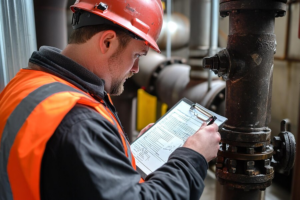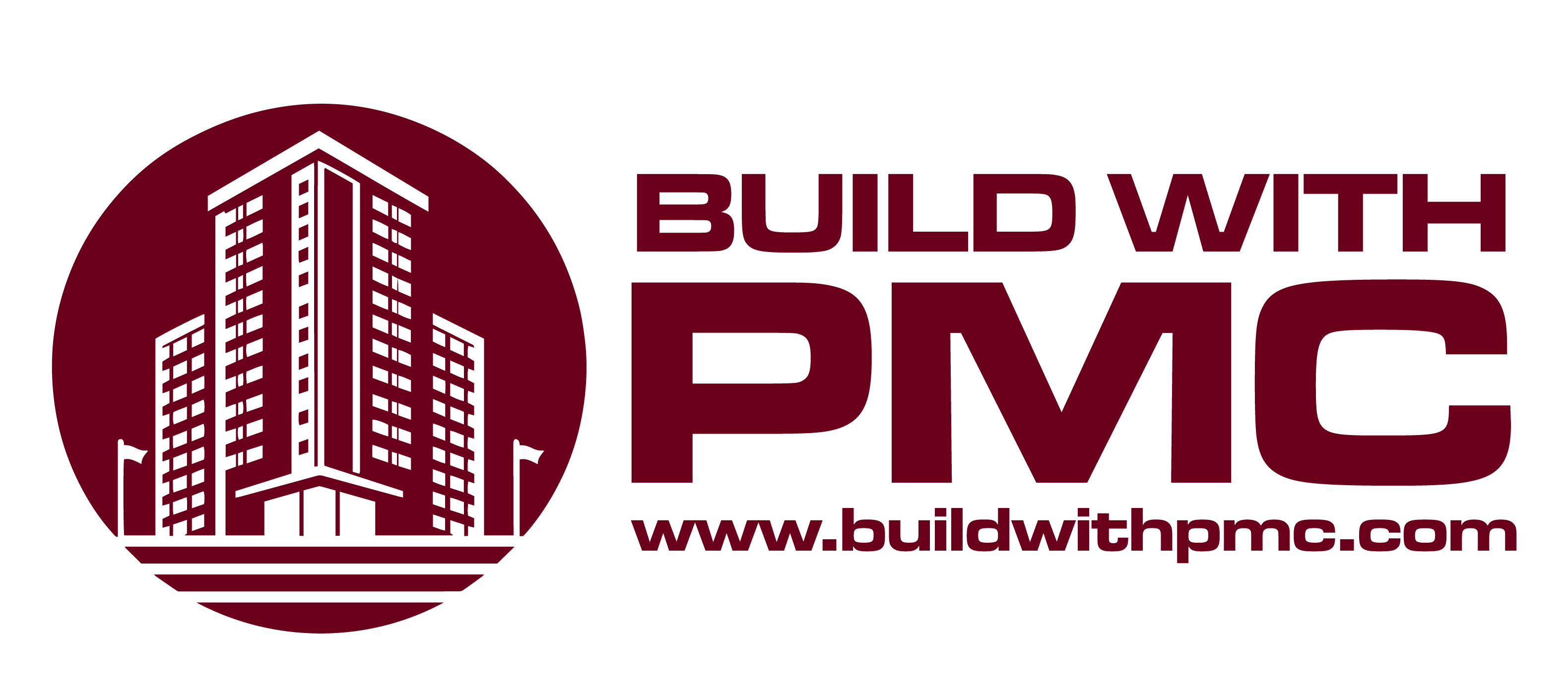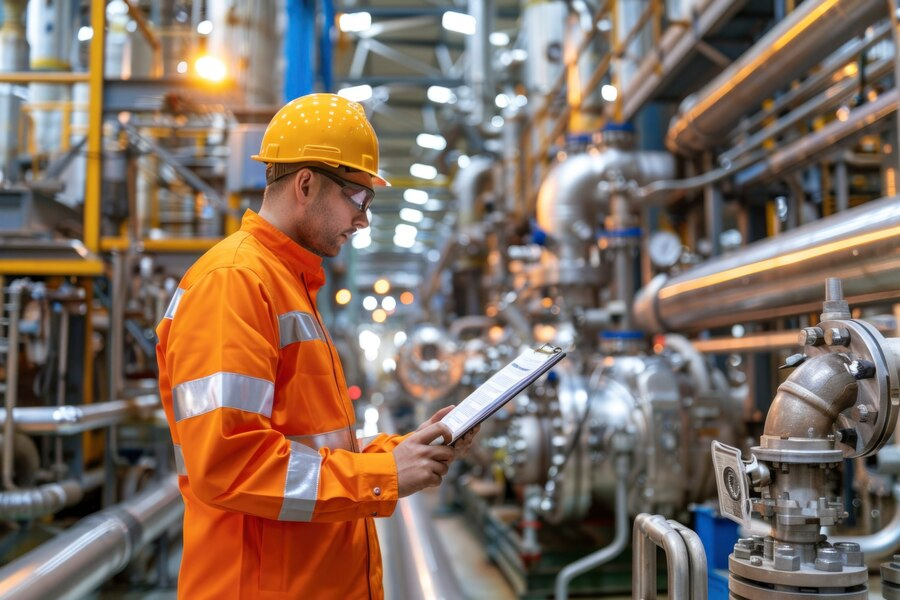When it comes to process piping projects, understanding the cost implications is crucial. These projects can vary widely in complexity and scale, often leading to unexpected expenses. Factors such as material choices, labor costs, and project timelines play significant roles in the overall budget. Additionally, unforeseen issues like regulatory changes or site conditions can further impact costs. To navigate these challenges, it’s essential for project managers to conduct thorough planning and maintain open communication with all stakeholders, ensuring that financial resources are allocated efficiently and effectively.
Understanding Material Costs
Material selection is a critical aspect of process piping projects that significantly influences overall costs. The choice between carbon steel, stainless steel, or specialized alloys can dramatically affect the budget due to varying material prices and performance characteristics. Additionally, fluctuations in global market prices can lead to unexpected expenses, so it’s important to factor in potential price volatility when planning. Engaging suppliers early and exploring bulk purchasing options can help mitigate some costs. A thorough analysis of material needs, balancing quality and budget, is essential for project success.

Types of Materials
Choosing the right material for piping is crucial in determining project costs and performance. Carbon steel is commonly used for its strength and affordability, while stainless steel offers better corrosion resistance, making it ideal for harsh environments. Specialized alloys, though more expensive, provide unique benefits for specific applications. Understanding the properties of each material helps ensure that the right choice is made, aligning with both project requirements and budget constraints.
Market Price Fluctuations
Material costs can be heavily influenced by fluctuations in global market prices. Factors such as supply chain disruptions, tariffs, and economic conditions can lead to unexpected increases in expenses. Project managers must stay informed about market trends and potential price changes. Including contingencies in the budget for material costs can safeguard against sudden price hikes, helping to keep the project within its financial limits while ensuring quality standards are maintained.
Supplier Relationships
Engaging suppliers early in the process can yield significant cost savings and streamline procurement. Building strong relationships with suppliers allows for better negotiation on prices and terms, which can lead to bulk purchasing discounts. Establishing open lines of communication also ensures that project managers are updated on market conditions and availability of materials. This proactive approach not only helps manage costs but also contributes to smoother project execution and delivery.
Cost-Benefit Analysis
Conducting a thorough cost-benefit analysis for material selection is essential for effective budgeting in process piping projects. This analysis should evaluate the initial costs, long-term maintenance, and potential risks associated with each material choice. Balancing quality with budget constraints is key, as cheaper materials may lead to higher maintenance costs or early failures. A well-informed decision ensures that project goals are met without compromising on quality or incurring unnecessary expenses.
Sustainability Considerations
In today’s world, sustainability is an important factor in material selection for process piping projects. Choosing eco-friendly materials can not only reduce environmental impact but also lead to long-term cost savings through energy efficiency and waste reduction. Assessing the lifecycle of materials, from production to disposal, helps project managers make informed choices that align with sustainability goals. Integrating sustainable practices not only benefits the environment but can also enhance the project’s overall reputation.
Labor Expenses and Workforce Management
Labor costs represent a significant portion of any process piping project. Skilled labor is often in high demand, which can lead to increased wages and shortages of qualified workers. Effective workforce management is crucial; this includes hiring experienced professionals and providing adequate training to ensure safety and efficiency on-site. Additionally, project managers should account for overtime costs and potential delays caused by labor issues. Planning for labor needs early and investing in a well-trained workforce can help control these expenses and keep projects on schedule.
Regulatory Compliance Costs
Regulatory compliance is a fundamental consideration for process piping projects, often bringing unexpected costs. Meeting local, state, and federal regulations can require extensive documentation, permits, and inspections, all of which can add to the overall budget. Failure to comply can lead to fines, project delays, or even shutdowns, making it essential to stay informed about applicable regulations throughout the project lifecycle. Collaborating with regulatory experts during the planning phase can help identify requirements early on, minimizing potential disruptions and ensuring smoother project execution.
Impact of Project Scope Changes
Changes to project scope can have a profound impact on costs and timelines in process piping projects. Whether due to client requests, design alterations, or unforeseen challenges, scope changes often necessitate additional resources and labor, leading to budget overruns. To mitigate these risks, it’s vital to establish a clear scope at the outset and implement a robust change management process. Regular communication with stakeholders about project progress and any potential changes can help maintain alignment and minimize disruptions, ultimately supporting better financial outcomes.
Budgeting for Contingencies
Creating a realistic budget for process piping projects requires accounting for contingencies. Unforeseen circumstances, such as equipment failures, weather delays, or site conditions, can quickly escalate costs. Industry experts recommend setting aside 10-15% of the total project budget as a contingency fund to address these unexpected expenses. This financial buffer helps ensure that the project can continue smoothly without significant interruptions. Regularly reviewing the budget and adjusting as necessary can further enhance financial management, providing a more resilient approach to cost control throughout the project.
Technology and Automation Costs
The integration of technology and automation into process piping projects can lead to significant cost implications, both positive and negative. While investing in advanced technologies can improve efficiency and reduce labor costs in the long run, the initial setup and training expenses can be substantial. It’s crucial to evaluate the return on investment for these technologies, considering factors like long-term operational savings and increased productivity. By carefully selecting appropriate technologies and conducting thorough cost-benefit analyses, project managers can leverage automation to enhance project performance while managing costs effectively.
Supply Chain Considerations
Supply chain management plays a vital role in controlling costs for process piping projects. Disruptions in the supply chain, whether due to material shortages or transportation delays, can lead to increased expenses and project delays. Establishing strong relationships with suppliers and diversifying sources can help mitigate these risks. Additionally, implementing just-in-time inventory strategies can minimize storage costs and reduce waste. By actively monitoring market trends and potential supply chain disruptions, project managers can make informed decisions that keep projects on track and within budget.
Evaluating Long-Term Maintenance Costs
When considering the costs of process piping projects, it’s essential to evaluate long-term maintenance expenses. High initial costs for materials and installation can sometimes lead to increased maintenance needs if quality is compromised. Investing in durable, high-quality piping systems may result in higher upfront costs but can significantly reduce maintenance and repair expenses over the project’s lifespan. Additionally, proper training for operational staff on maintenance protocols can enhance system longevity. By factoring in these long-term costs during the planning phase, project managers can make more informed decisions that support sustainable financial planning.
Conclusion
Understanding the cost implications of process piping projects is crucial for businesses looking to optimize their operations while maintaining budgetary constraints. By thoroughly analyzing material selection, labor costs, and project timelines, companies can make informed decisions that lead to successful project outcomes. At PMC INC, we specialize in providing tailored solutions that address the unique needs of each project, ensuring efficiency and cost-effectiveness throughout the entire process.
For more information or to discuss your specific needs, please don’t hesitate to contact us. You can reach PMC INC at **(562) 905-3101**. We proudly serve clients throughout **Southern California** and are ready to assist you with your process piping projects.



